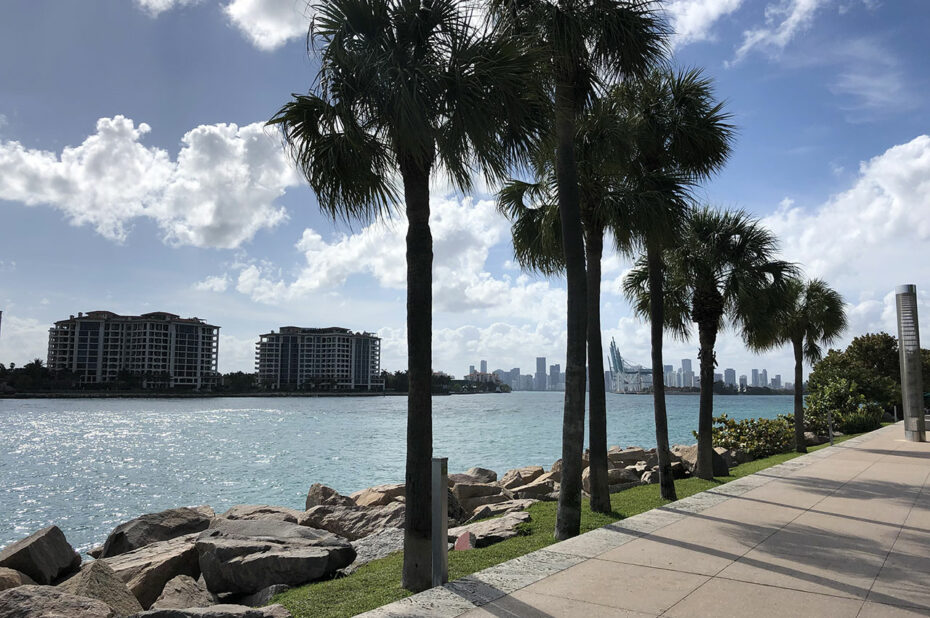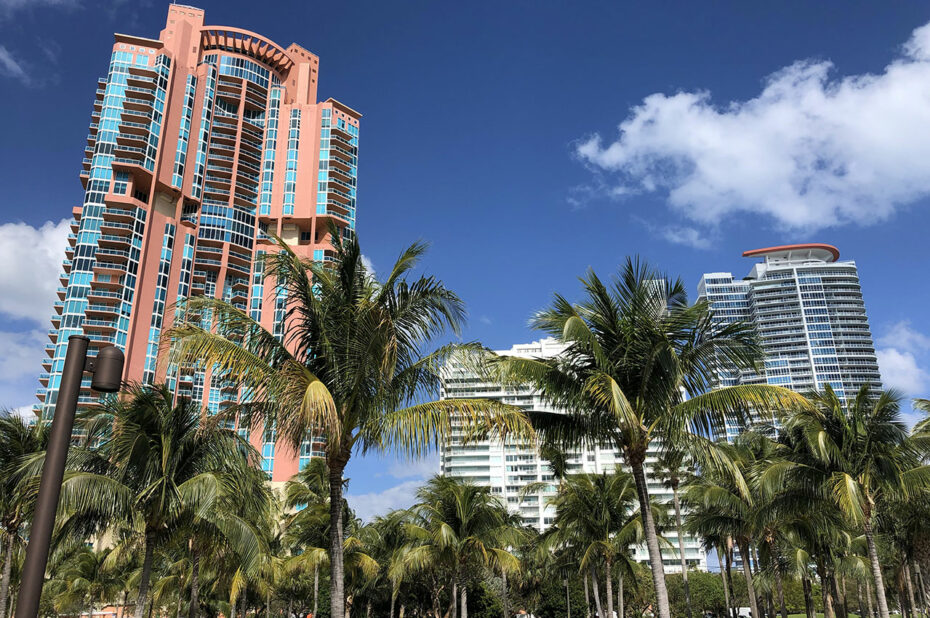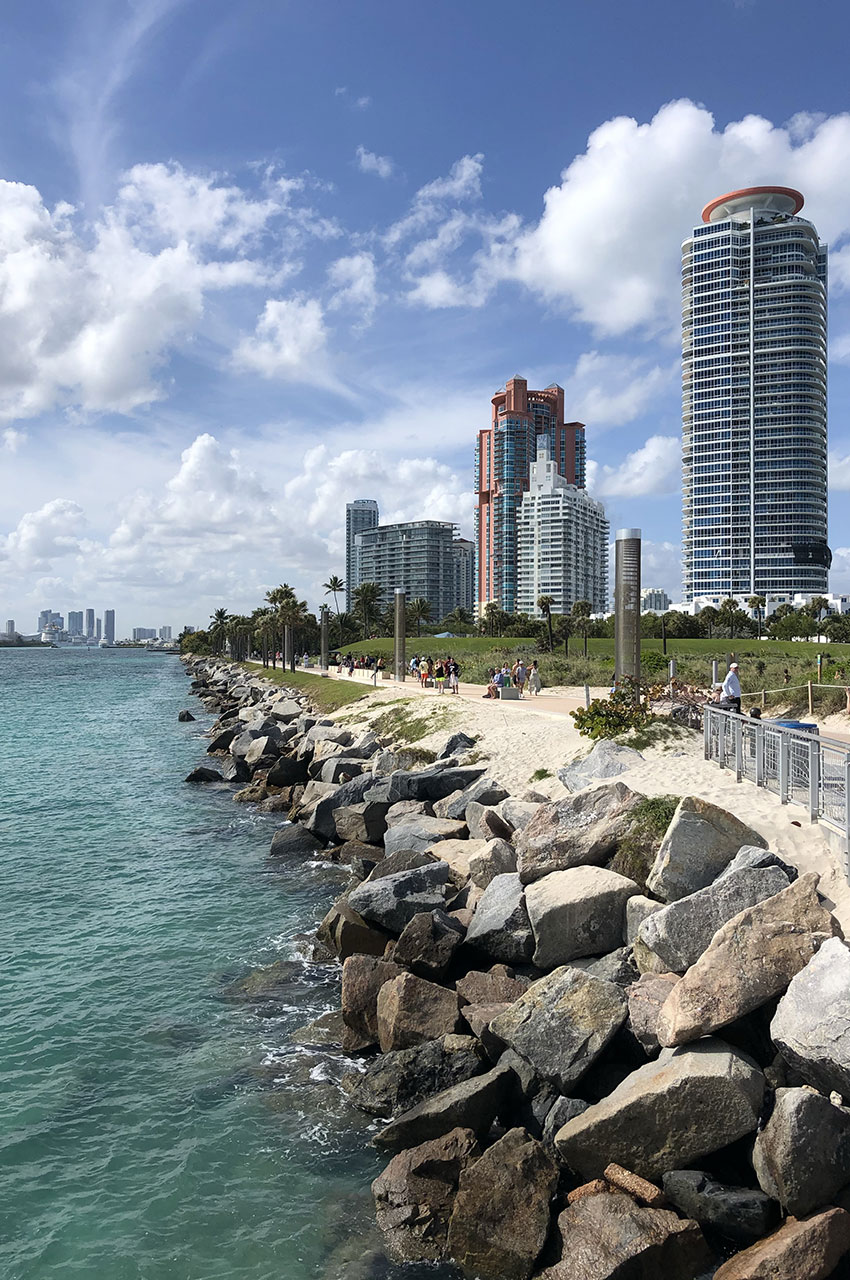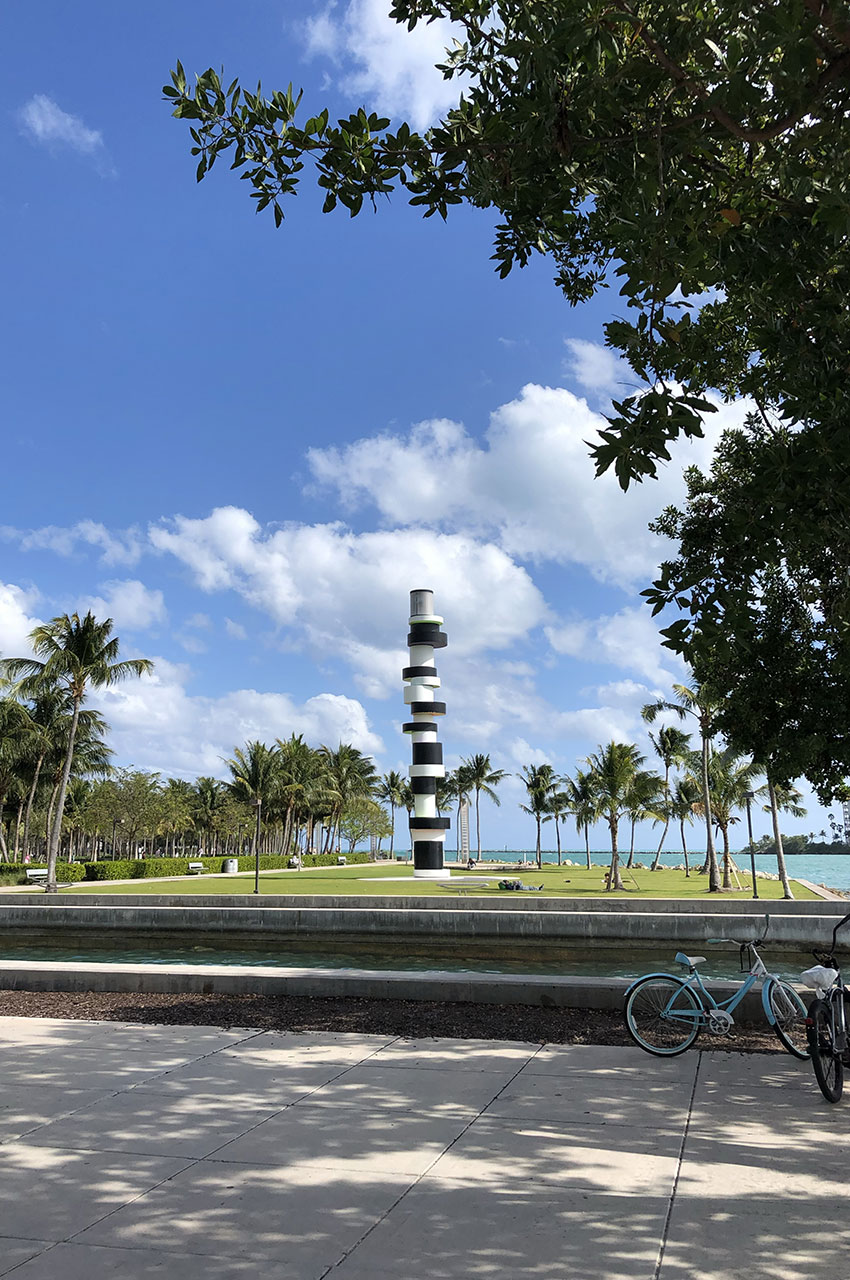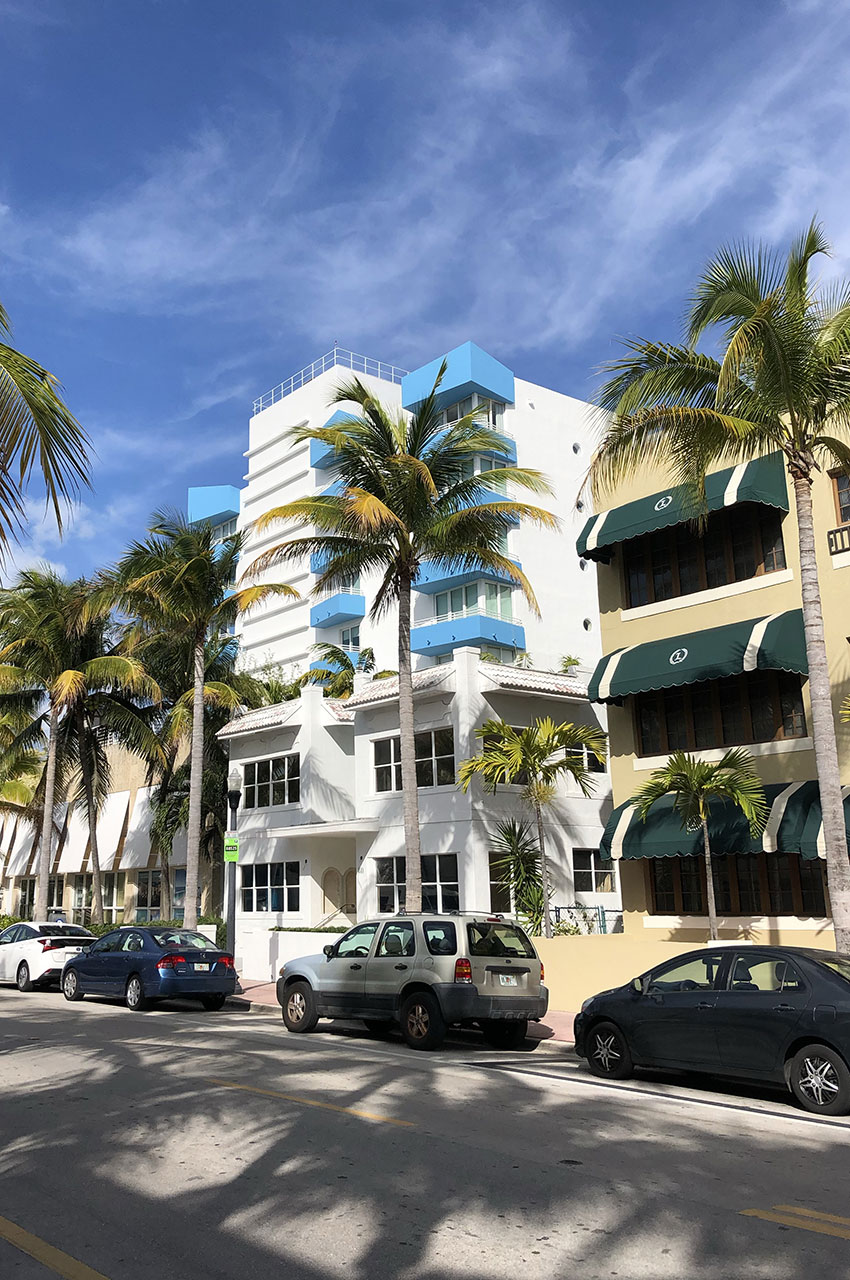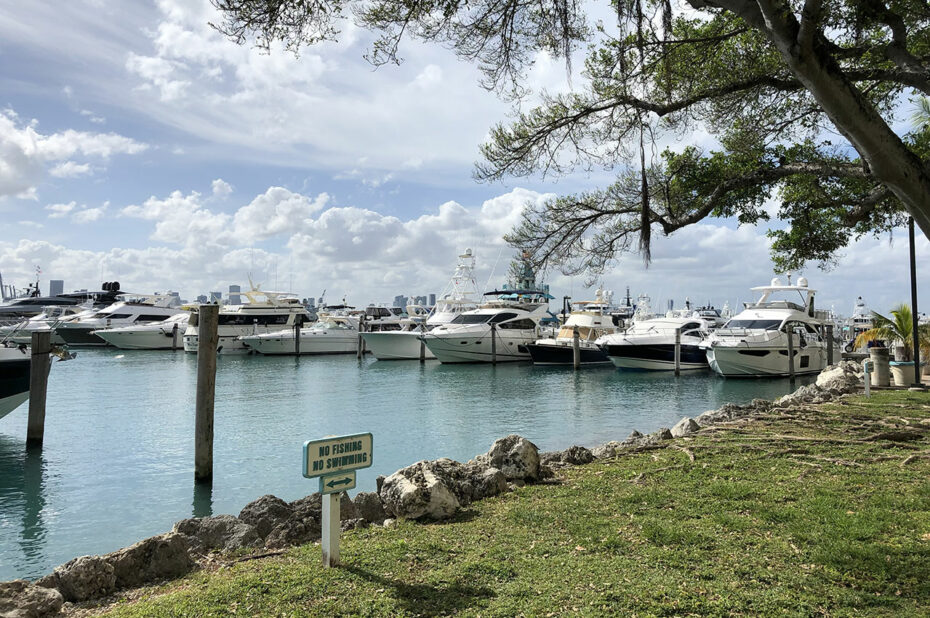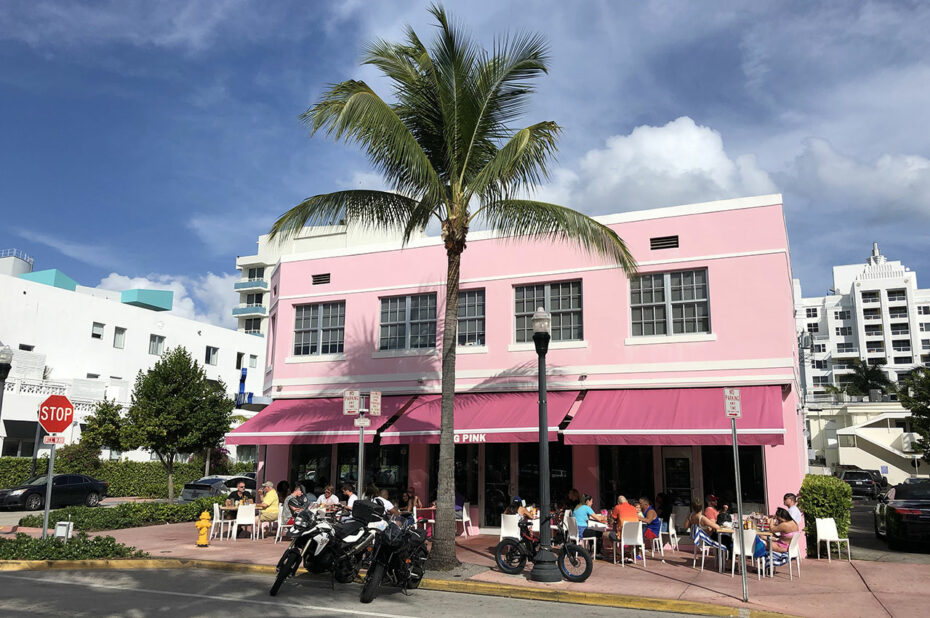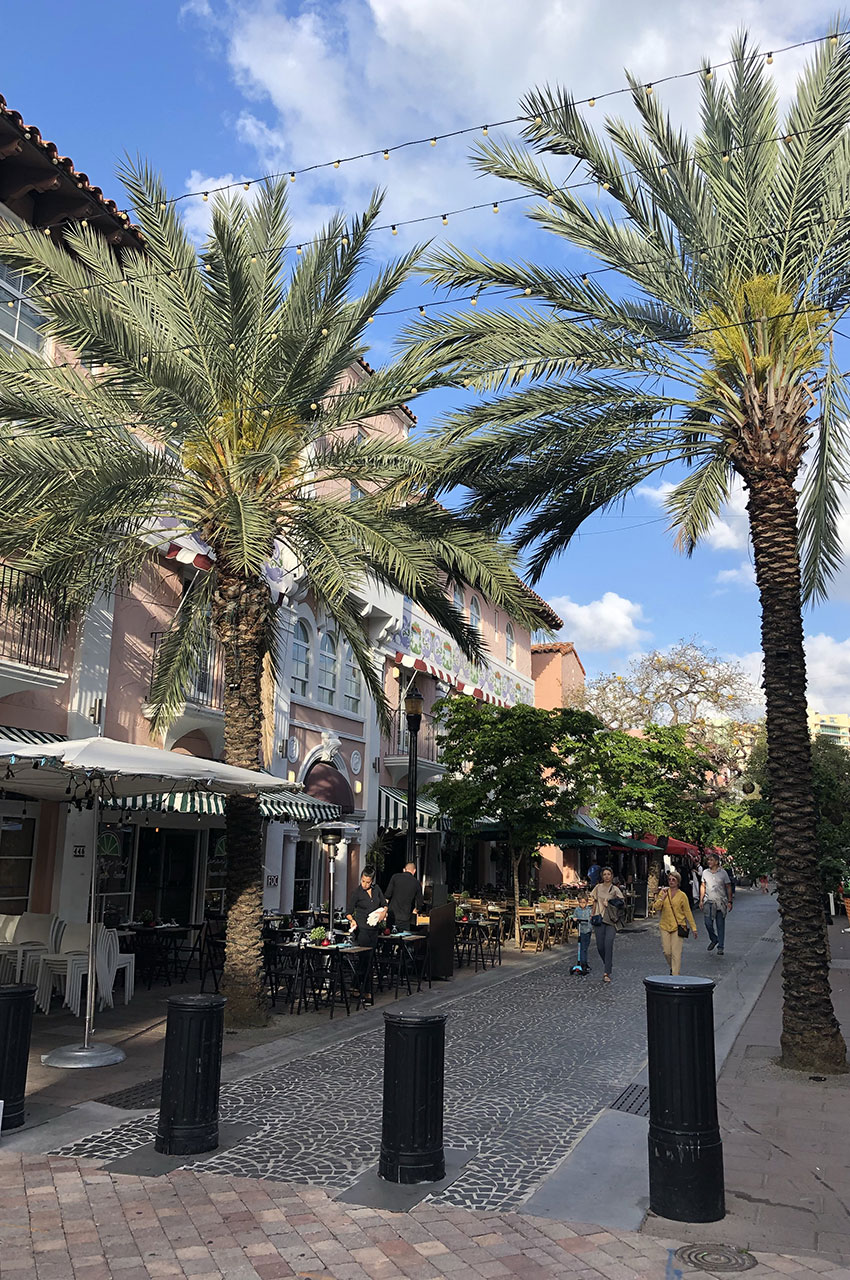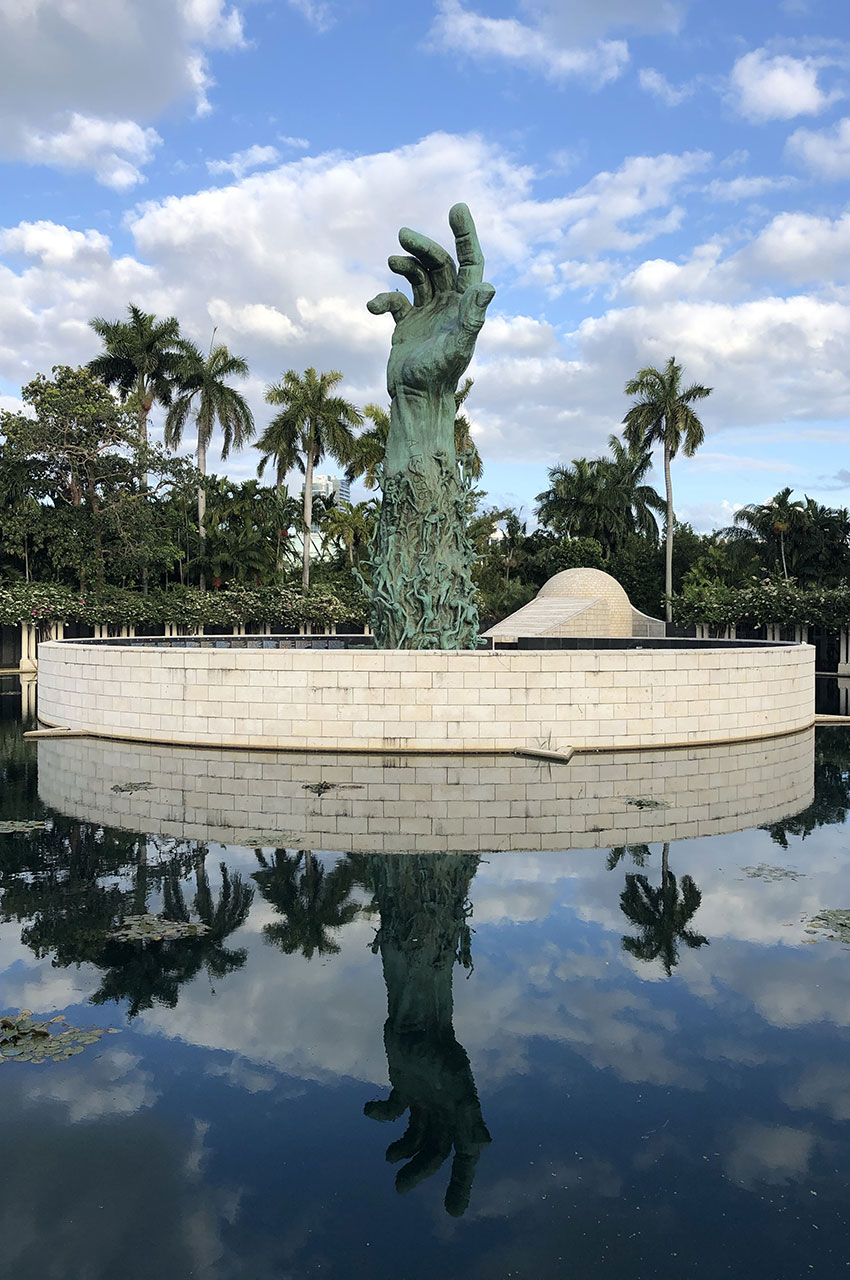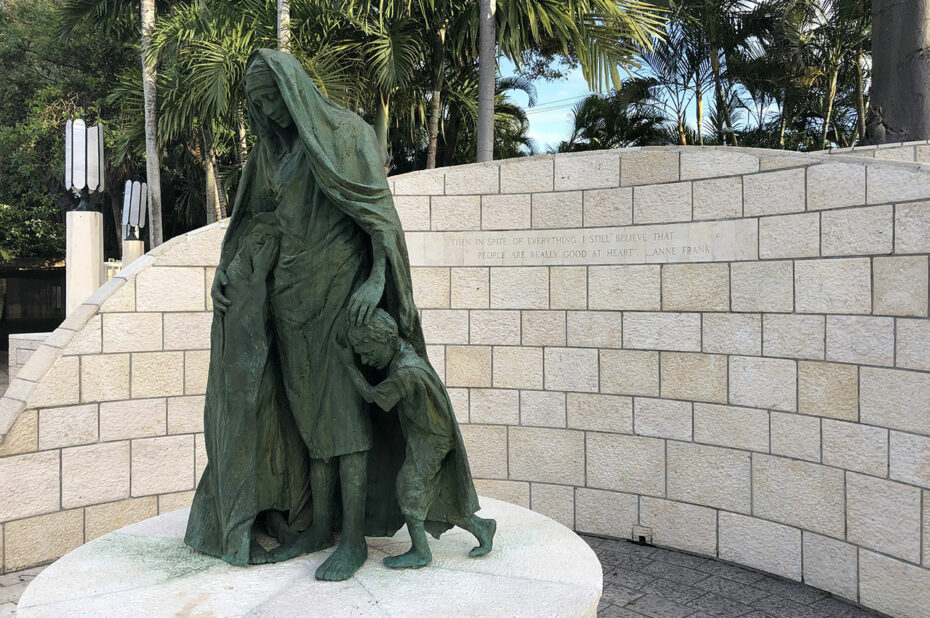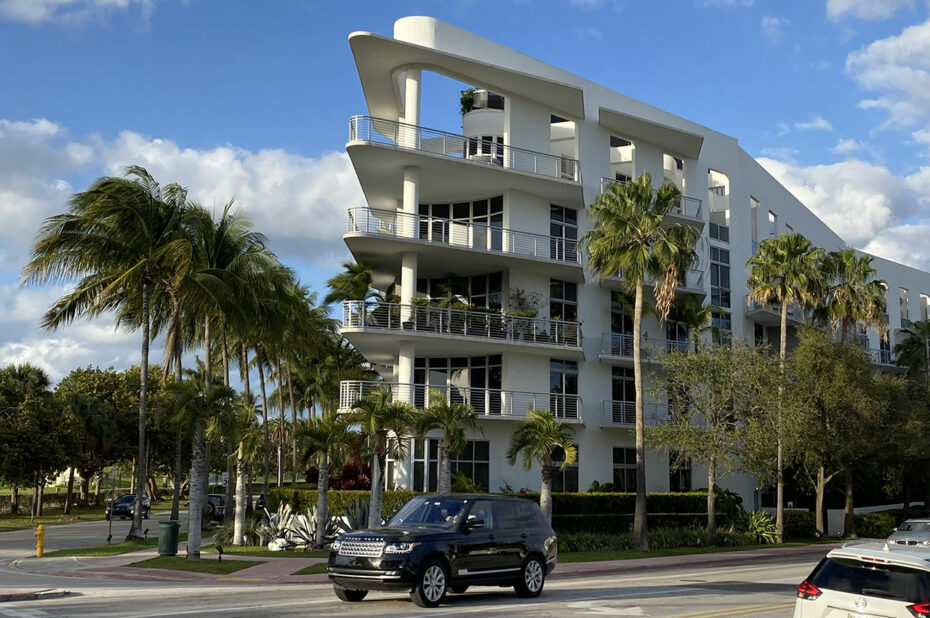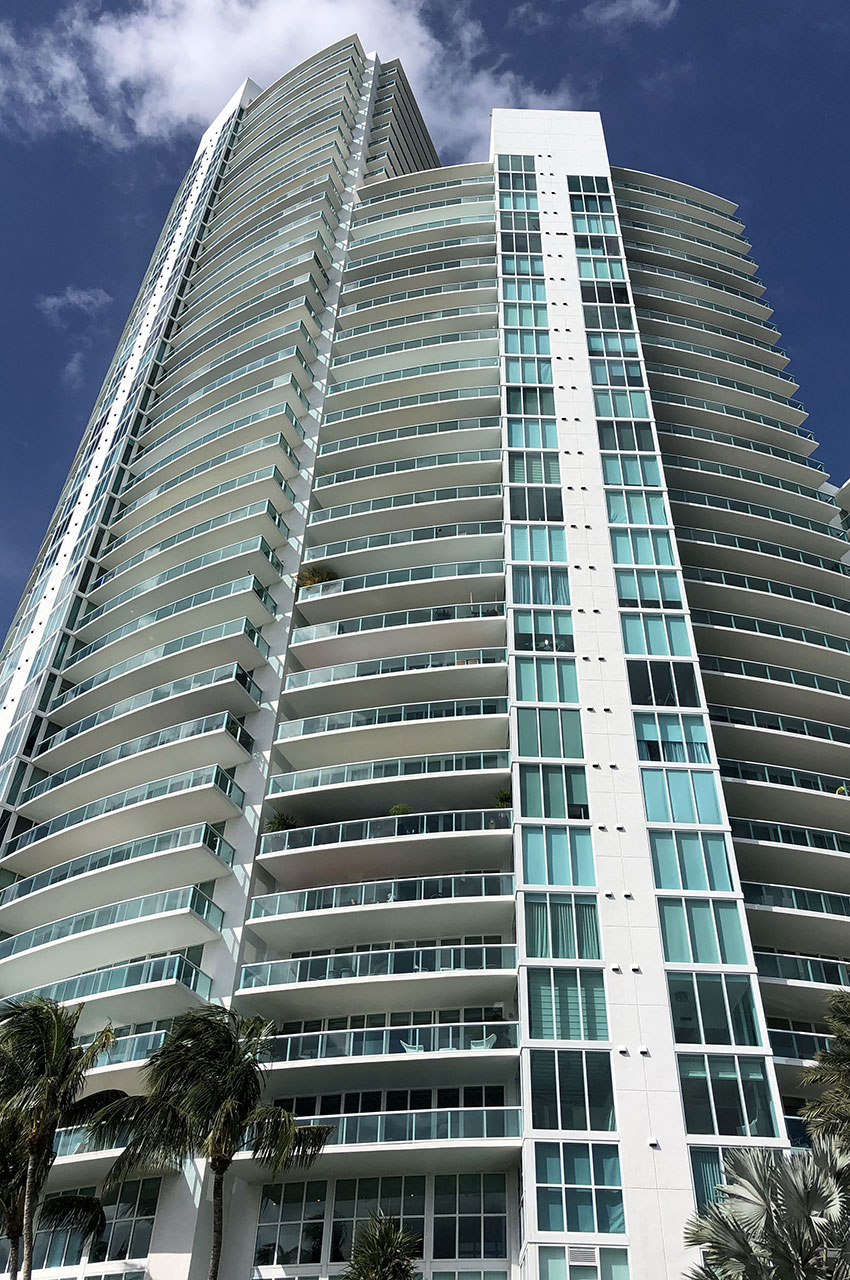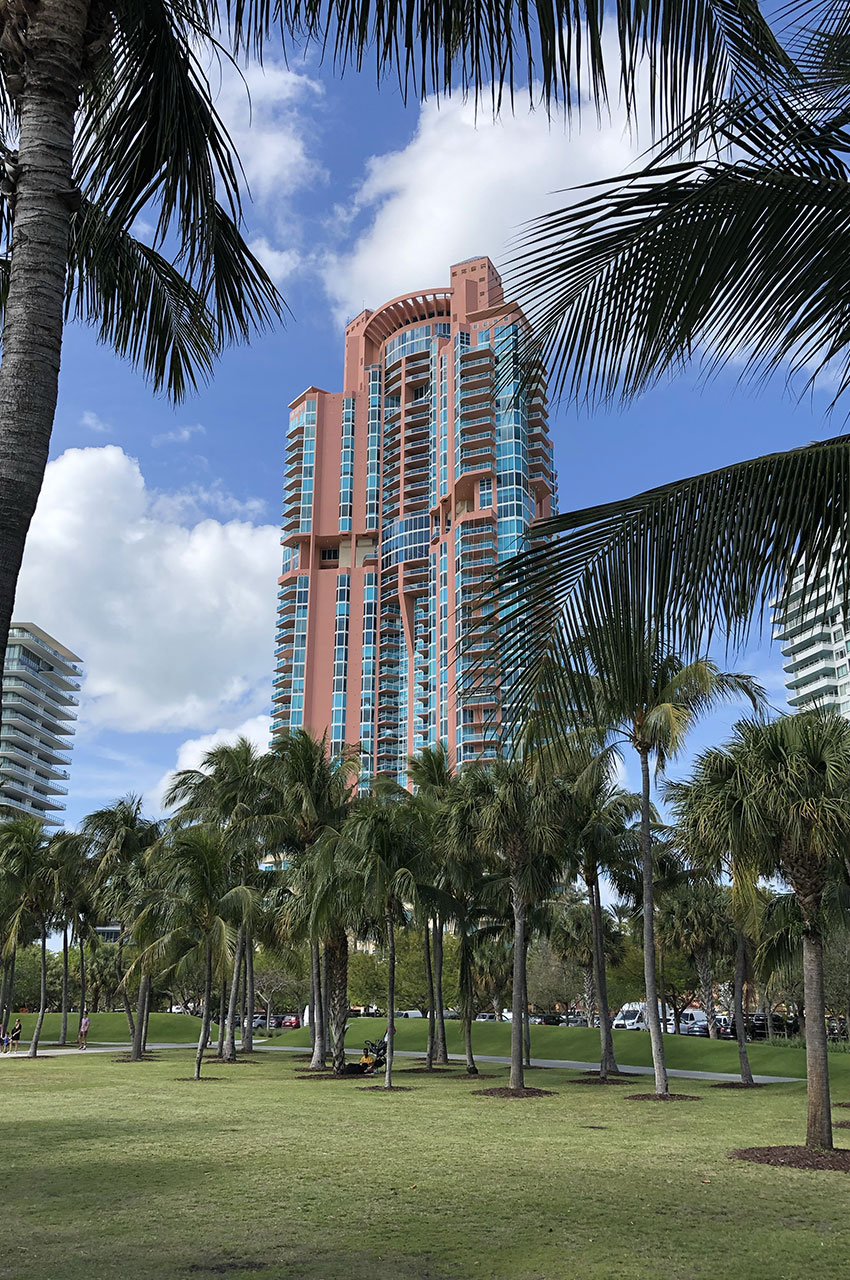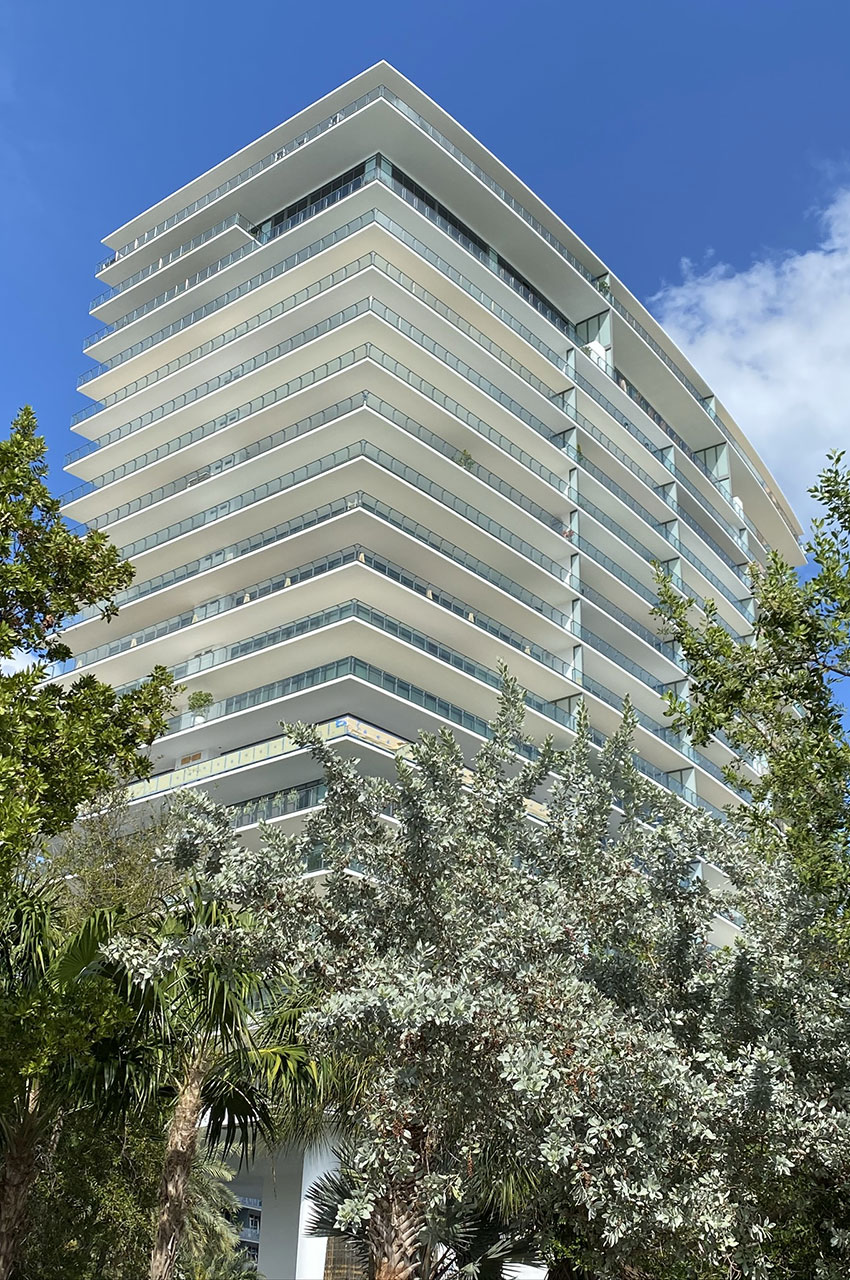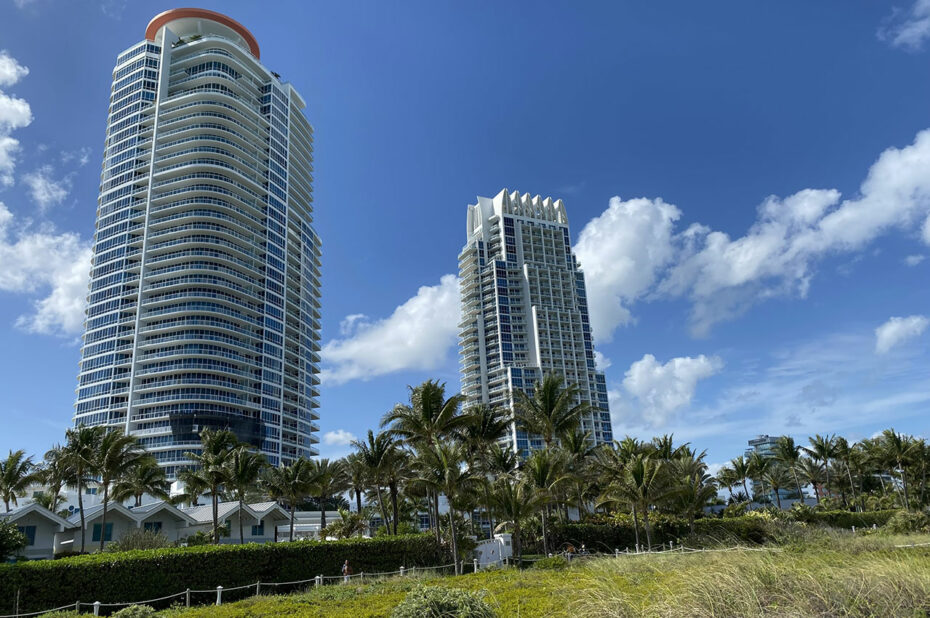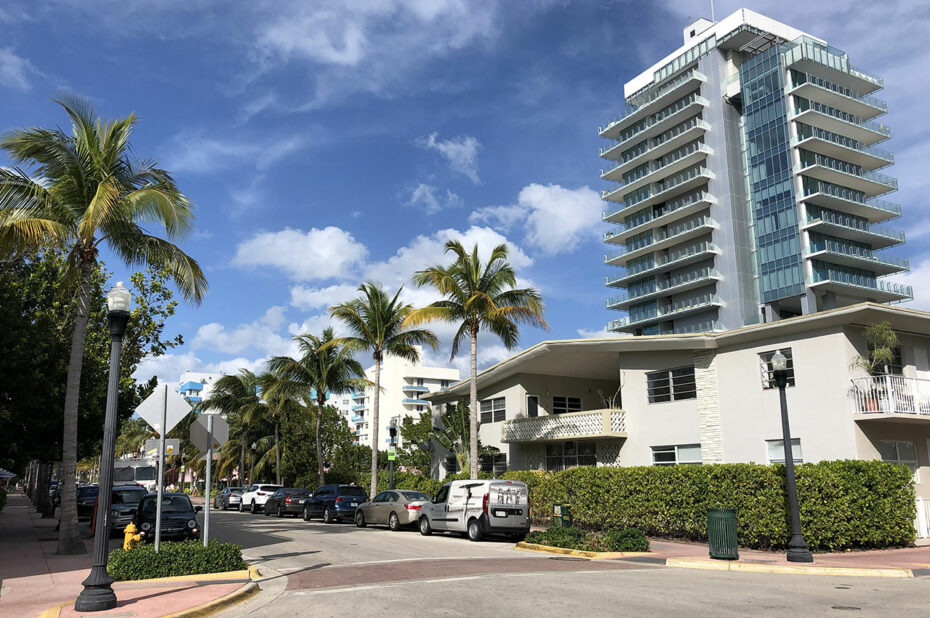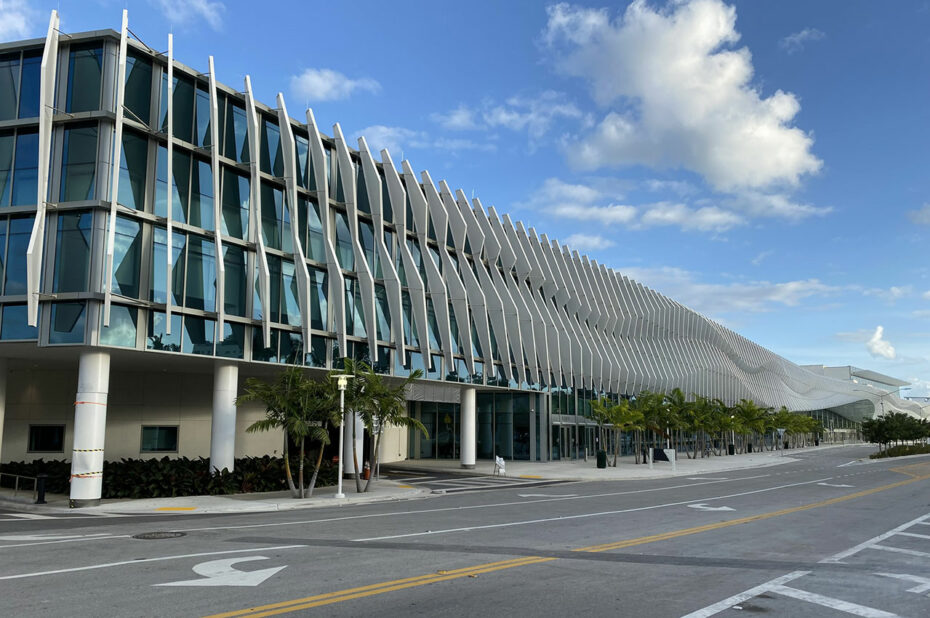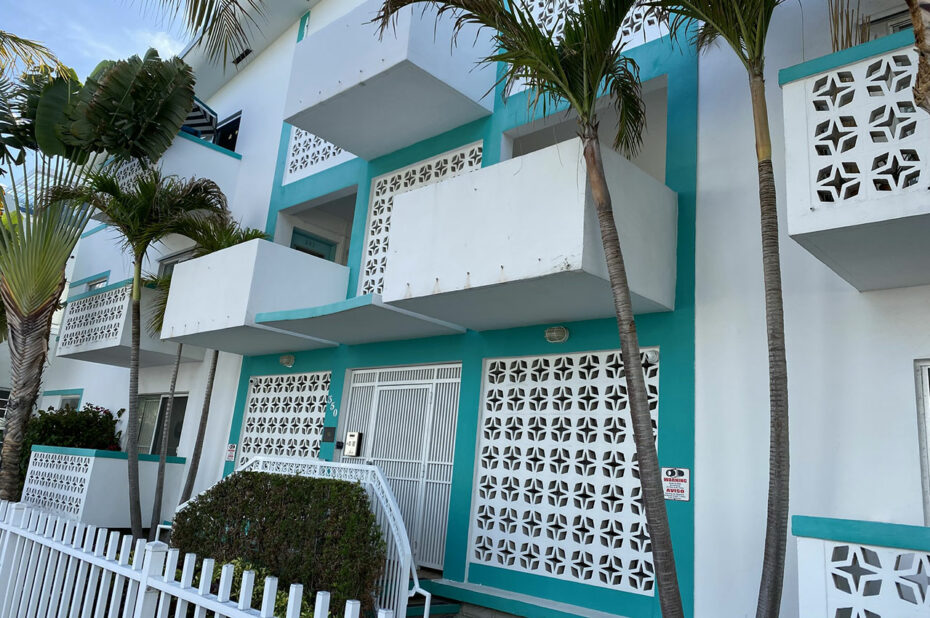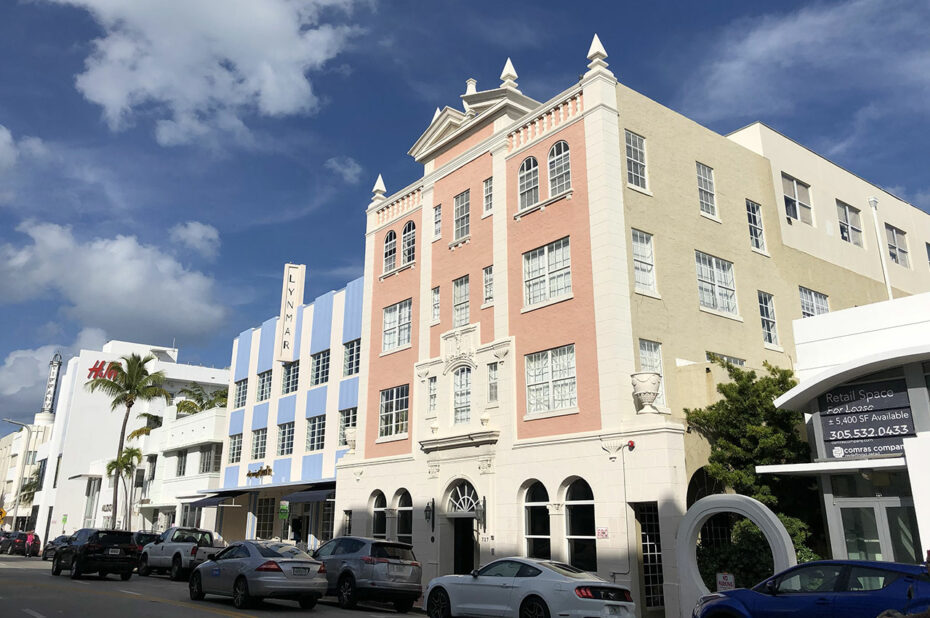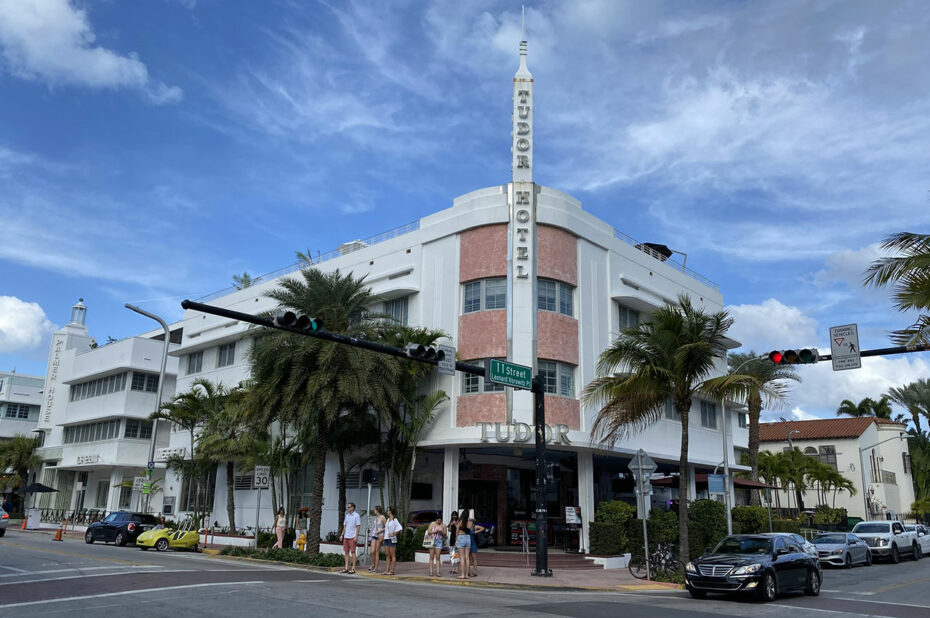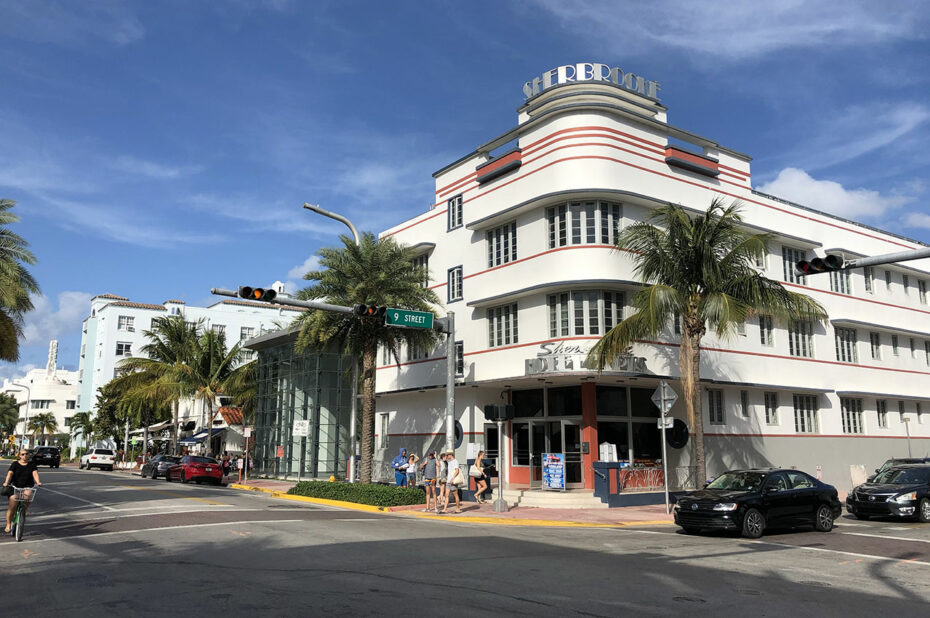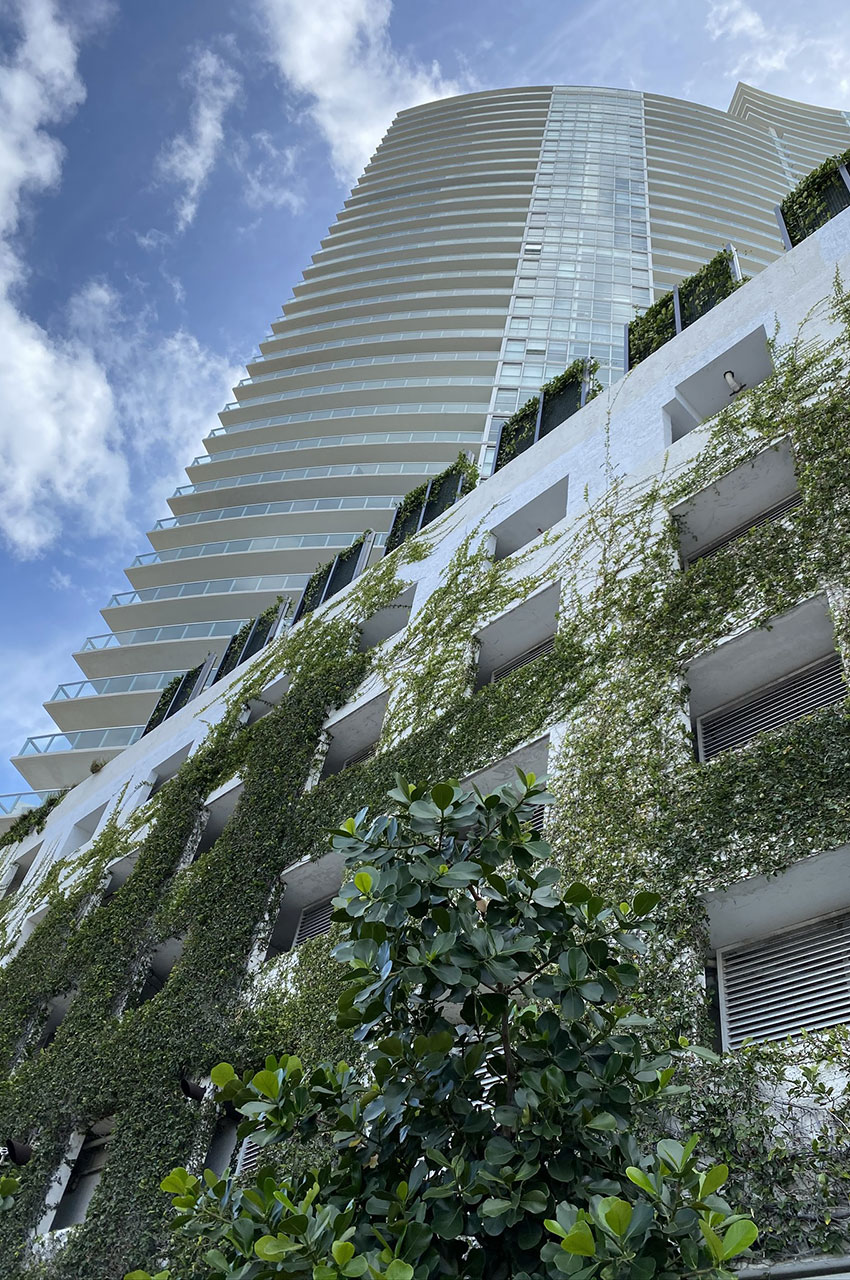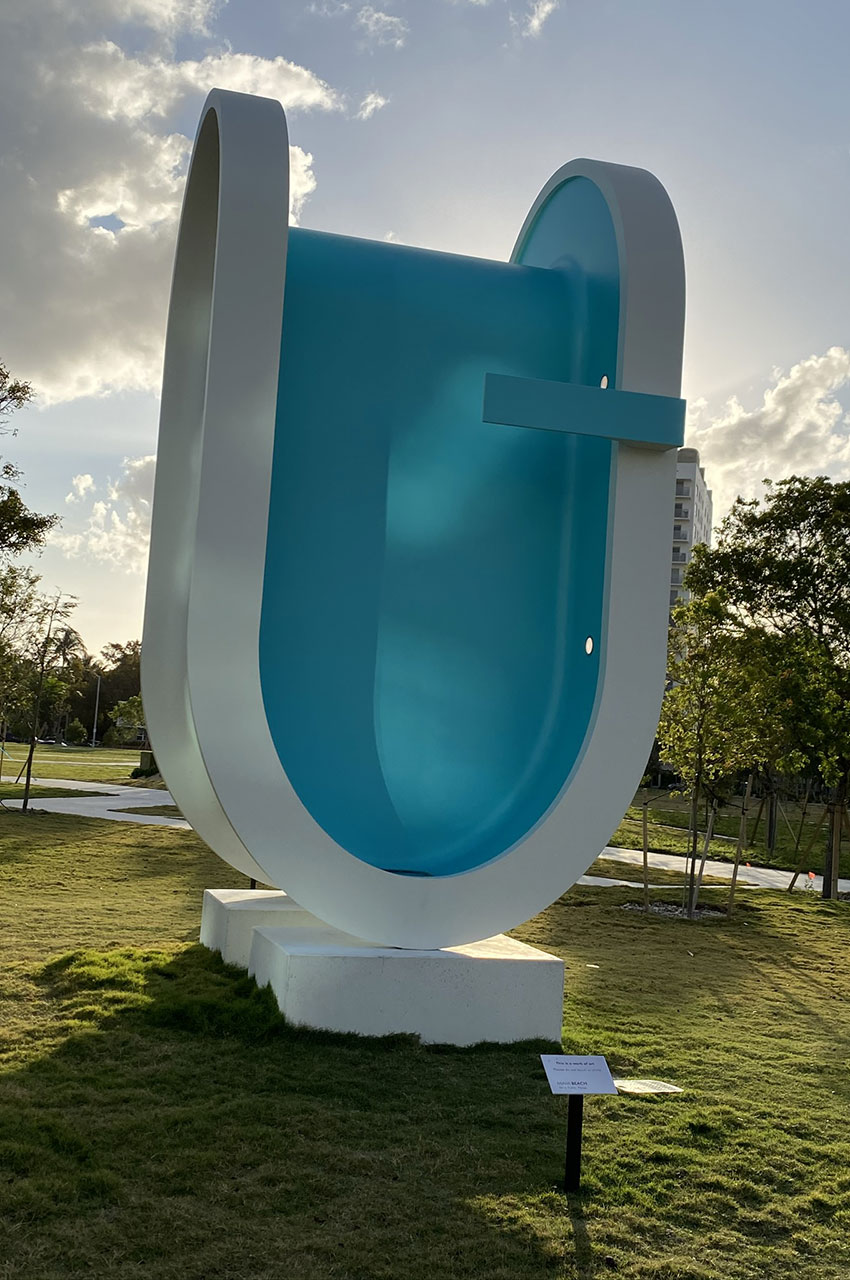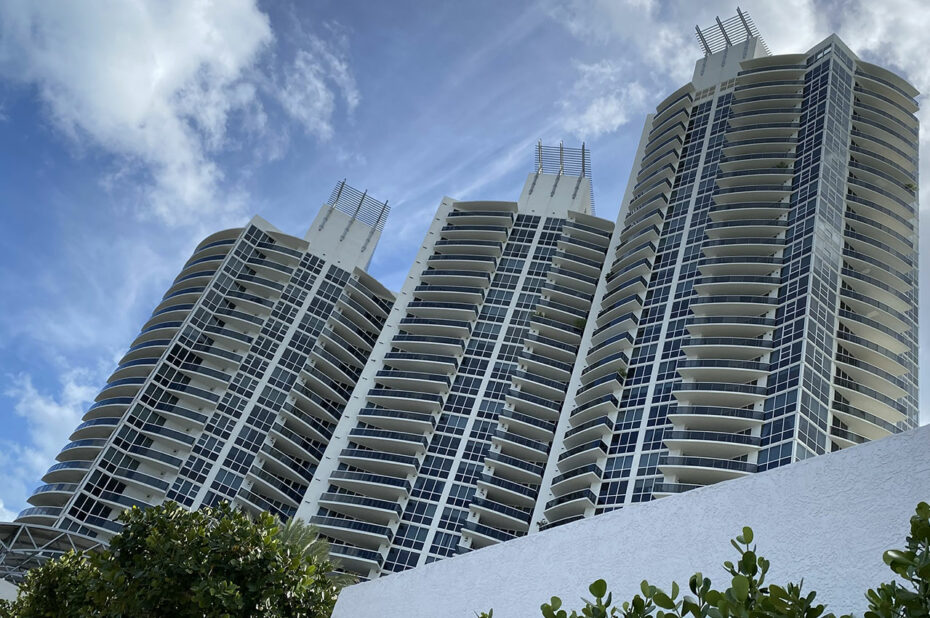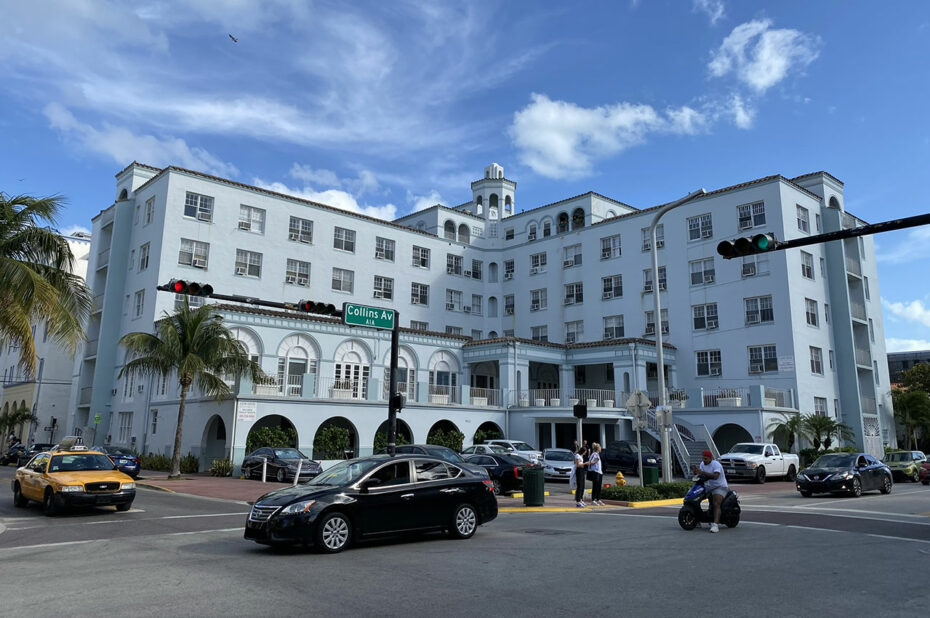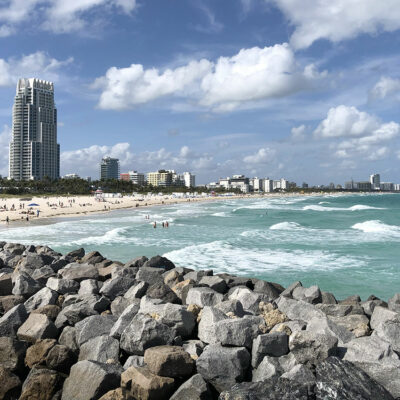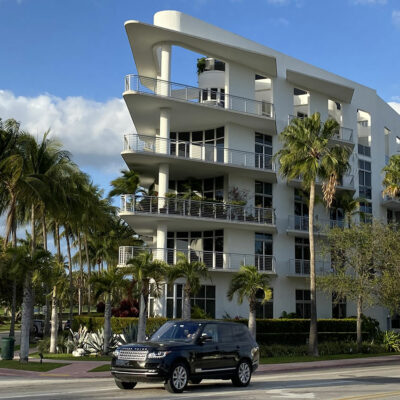
Born from a simple tongue of sand beaten by the waves, Miami Beach has blossomed over the course of the 20th century into a vibrant, glamorous city, an oasis of dreams and sunshine on Florida’s south coast. Its rich and eventful history is a melting pot of cultures and ambitions, just like its inhabitants. Before the arrival of the first settlers, the region was inhabited by the Tequesta, a Native American people who lived in harmony with nature. In 1870, visionary pioneers Henry Lum and Charles Lum bought the island for the paltry sum of 75 cents an acre. They built a hotel and a few vacation homes, laying the foundations for a future seaside resort.
The incorporation of Miami Beach as a city in 1915 marked a major turning point in its history. John N. Lum, the city’s first mayor, played a crucial role in its development. Art Deco became the dominant architectural style in the 1920s and 1930s, giving Miami Beach its unique visual identity. Sumptuous hotels in pastel colors and geometric shapes were erected along the oceanfront, attracting international attention. In the 1950s and 1960s, the city became a destination of choice for celebrities and jet-setters, who came to enjoy its sunny climate, heavenly beaches️ and festive atmosphere. Despite the devastating passage of Hurricane Andrew in 1992, Miami Beach is not a city to let down.
Miami Beach is an invitation to travel, a waking dream where Art Deco rubs shoulders with palm trees, the sun always shines and the sea whispers tales of pirates and hidden treasures. It’s a city that never stops reinventing itself, a unique destination that promises an unforgettable experience for everyone.
Miami Beach was visited on March 9, 2020.
Click on the picture to enlarge it and discover its caption.
